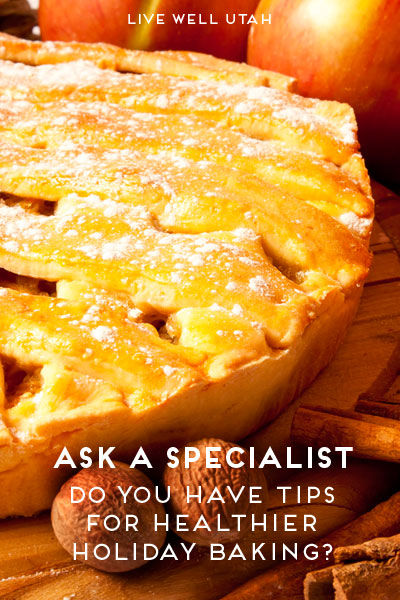Sustainable New Year’s Resolutions
By: Roslynn Brain, USU Extension sustainable communities specialist
Challenge yourself to try simple lifestyle changes each month of the new year. Each aspect of sustainable living presented is not only good for the environment, but good for your health and wallet as well. Whether you dust off your bike, explore vermicomposting or simply update your light bulbs, each small change you make can have lasting impacts.
January: Lose paper weight this year. Go paperless with your bills and unsubscribe from junk mail through Direct Marketing Association’s Mail Preference Service at www.dmachoice.org.
February: Be a cool Valentine. Save on your heating bill and turn your thermostat down while your house is empty during the day. See if you can sleep better with the thermostat down a few degrees at night as well. For other energy saving tips, visit www.extension.usu.edu/sustainability/htm/energy.
March: Start your (natural) spring cleaning. Make your own cleaning products to minimize toxin exposure, save money and be healthy. For tips and recipes, visit www.uaex.edu/Other_Areas/publications/PDF/MP492.pdf.
April: Let rain showers water your flowers. Build garden swales instead of mounds to capture natural water flow. Find pictures, explanations and books on how to do it at http://www.harvestingrainwater.com/.
May: Be bright with LED and natural light. Switch the light bulbs in your home to more efficient LED lights and use natural light to brighten your home/office. Energy tips can be found at www.extension.usu.edu/sustainability/htm/energy.
June: Avoid June bugs with natural pest control. Create your own garlic and dish detergent mixture for aphids, or experiment with other natural pest control recipes to improve your landscape and your family’s health. Visit http://edis.ifas.ufl.edu/in197 for tips on natural pest control.
July: Beat the heat with a native or drought tolerant garden. Plant drought and heat tolerant native edibles and ornamentals this year to add natural Utah beauty to your landscape. Browse www.extension.usu.edu/htm/horticulture for helpful information.
August: Be thrift chic. Prepare your “new” work or school wardrobe with a visit to your local thrift store. While there, drop off clothes you no longer wear to keep the cycle going. Learn more about how to give clothes a second chance at http://usuextensionsustainability.blogspot.ca/2013/05/give-clothes-second-chance.html.
September: Head back to school/work with alternative transportation. Opt to bike, walk or ride the bus for your daily commute. Find out more by viewing the fact sheet at www.extension.usu.edu/sustainability/htm/air.
October: Happy Halloworms! Start your own household vermicompost system with red wigglers, a container, bedding, dirt, moisture and your daily food scraps. See Extension’s vermicomposting fact sheet at http://extension.usu.edu/sustainability/htm/land.
November: Give thanks through local giving. Sign up for a community-supported agriculture program, and buy your Thanksgiving meal from local sources to reduce your family’s food print (the carbon footprint associated with how your food was produced and the miles your food has traveled between production and consumption). Find out more about the local food movement at www.extension.usu.edu/sustainability/htm/food.
December: Give more while consuming less. Reuse newspaper and other paper scraps to make homemade upcycled (converting used materials into new items) gifts for your friends and family. Opt to draw names with family and friends to reduce the quantity and increase the quality of gifts. Host creative craft nights with friends and catch up while repurposing products that are typically thrown away. See Extension’s “Reuse” fact sheet at http://extension.usu.edu/files/publications/publication/Sustainability_2012_11pr.pdf.
For general information on sustainability, visit www.extension.usu.edu/sustainability.








